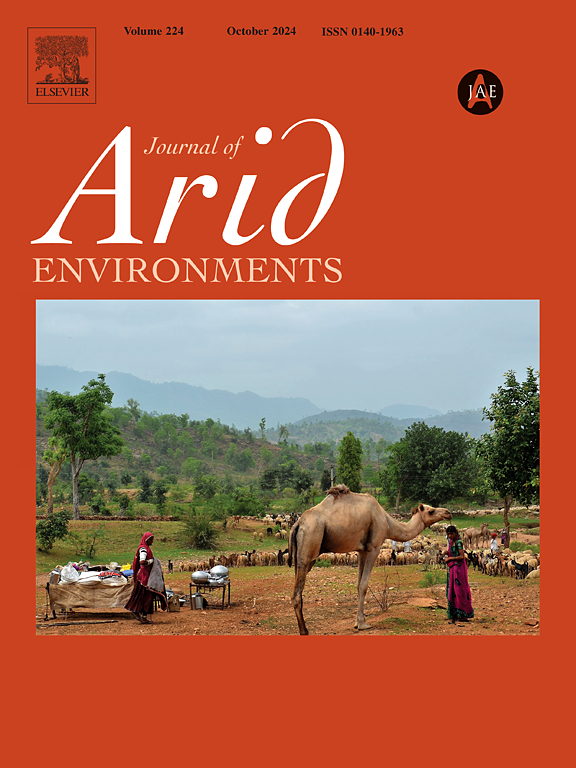Restoring soil functionality in drylands: Soil texture-specific impacts of vermicompost as an organic waste-based amendment
IF 2.5
3区 环境科学与生态学
Q2 ECOLOGY
引用次数: 0
Abstract
In semi-arid agroecosystems, where climate constraints limit soil productivity, sustainable management strategies are essential. This study evaluated the influence of soil texture on vermicompost efficacy in western Iran (Hamedan province) over 12 months during the 2023 growing season. A factorial field experiment was conducted on clay loam and loam soils with two vermicompost levels (0 and 15 ± 2 t ha−1), each replicated three times (n = 12 plots). We assessed short-term changes in key physical, chemical, and mechanical soil properties, hypothesizing that loam soils—due to higher porosity and organic matter retention—would show greater improvements. Vermicompost significantly enhanced aggregate stability and reduced bulk density by up to 11.93 % in loam soils. Organic carbon increased by 84.76 % in clay loam, and cation exchange capacity rose by 20.51 %. Saturated hydraulic conductivity improved by 56.30 % in clay loam and 110.85 % in loam soils, indicating enhanced infiltration. A 55.42 % decrease in water-dispersible clay also suggested better structural resilience. These findings highlight the value of texture-specific organic amendments for improving soil quality, reducing erosion risk, and supporting adaptive land management. Incorporating vermicompost into dryland agriculture supports sustainable land use and offers a scalable strategy for maintaining soil productivity under challenging climatic conditions.
恢复旱地土壤功能:蚯蚓堆肥作为一种有机废物改良剂对土壤质地的特定影响
在气候限制土壤生产力的半干旱农业生态系统中,可持续管理战略至关重要。本研究评估了2023年伊朗西部(哈马丹省)12个月内土壤质地对蚯蚓堆肥效果的影响。在粘土壤土和壤土上进行了两种蚯蚓堆肥水平(0和15±2 t ha−1)的析因田间试验,每种试验重复3次(n = 12块)。我们评估了土壤主要物理、化学和机械特性的短期变化,并假设壤土——由于孔隙度更高和有机质保留率更高——将表现出更大的改善。蚯蚓堆肥显著提高壤土团聚体稳定性,降低容重达11.93%。有机碳增加84.76%,阳离子交换量增加20.51%。粘土壤土和壤土的饱和水导率分别提高了56.30%和110.85%,表明入渗能力增强。水分散粘土的结构回弹性降低了55.42%。这些发现强调了特定质地的有机改进剂在改善土壤质量、降低侵蚀风险和支持适应性土地管理方面的价值。将蚯蚓堆肥纳入旱地农业支持可持续土地利用,并为在具有挑战性的气候条件下保持土壤生产力提供了可扩展的战略。
本文章由计算机程序翻译,如有差异,请以英文原文为准。
求助全文
约1分钟内获得全文
求助全文
来源期刊

Journal of Arid Environments
环境科学-环境科学
CiteScore
5.70
自引率
3.70%
发文量
144
审稿时长
55 days
期刊介绍:
The Journal of Arid Environments is an international journal publishing original scientific and technical research articles on physical, biological and cultural aspects of arid, semi-arid, and desert environments. As a forum of multi-disciplinary and interdisciplinary dialogue it addresses research on all aspects of arid environments and their past, present and future use.
 求助内容:
求助内容: 应助结果提醒方式:
应助结果提醒方式:


